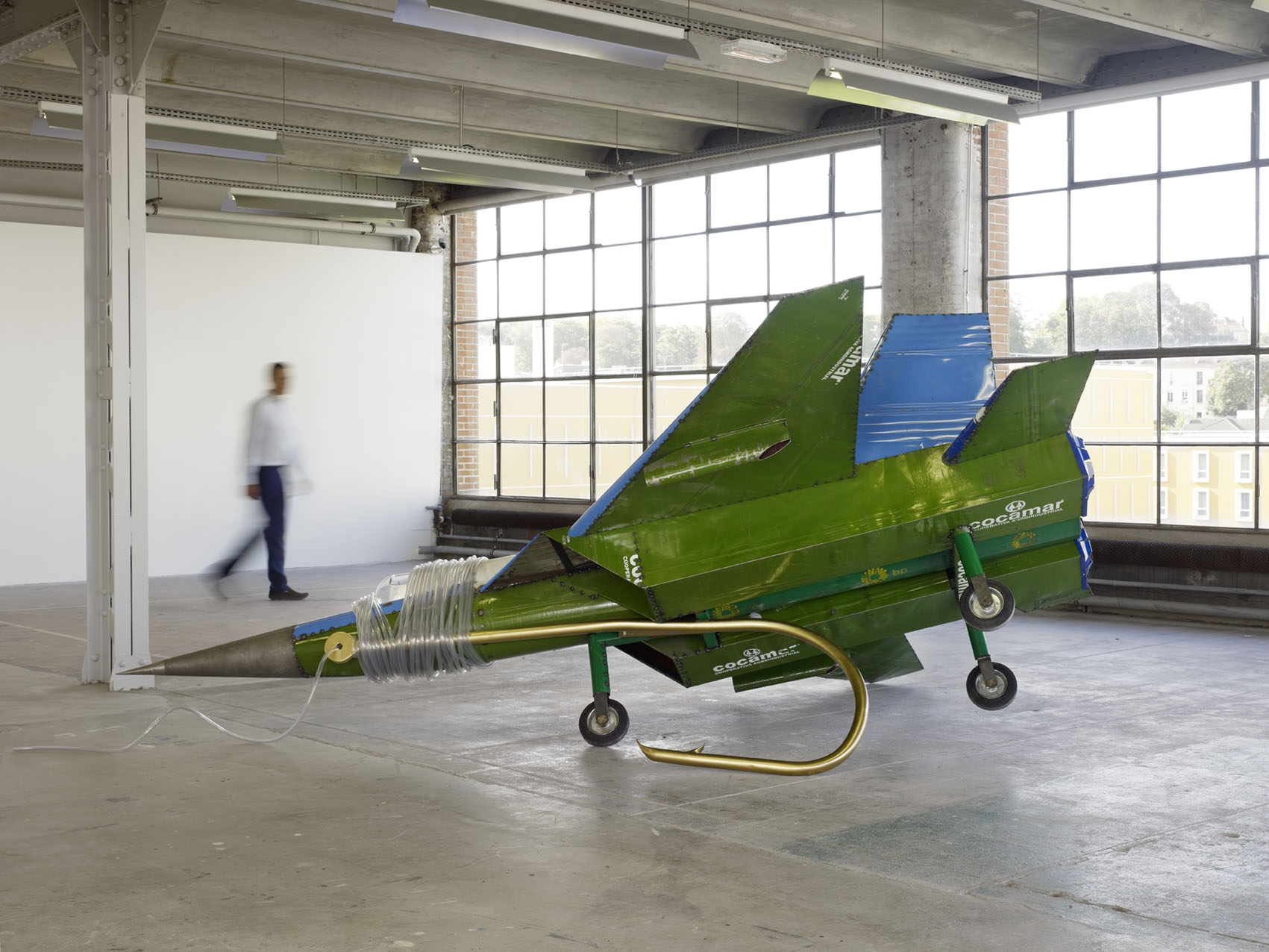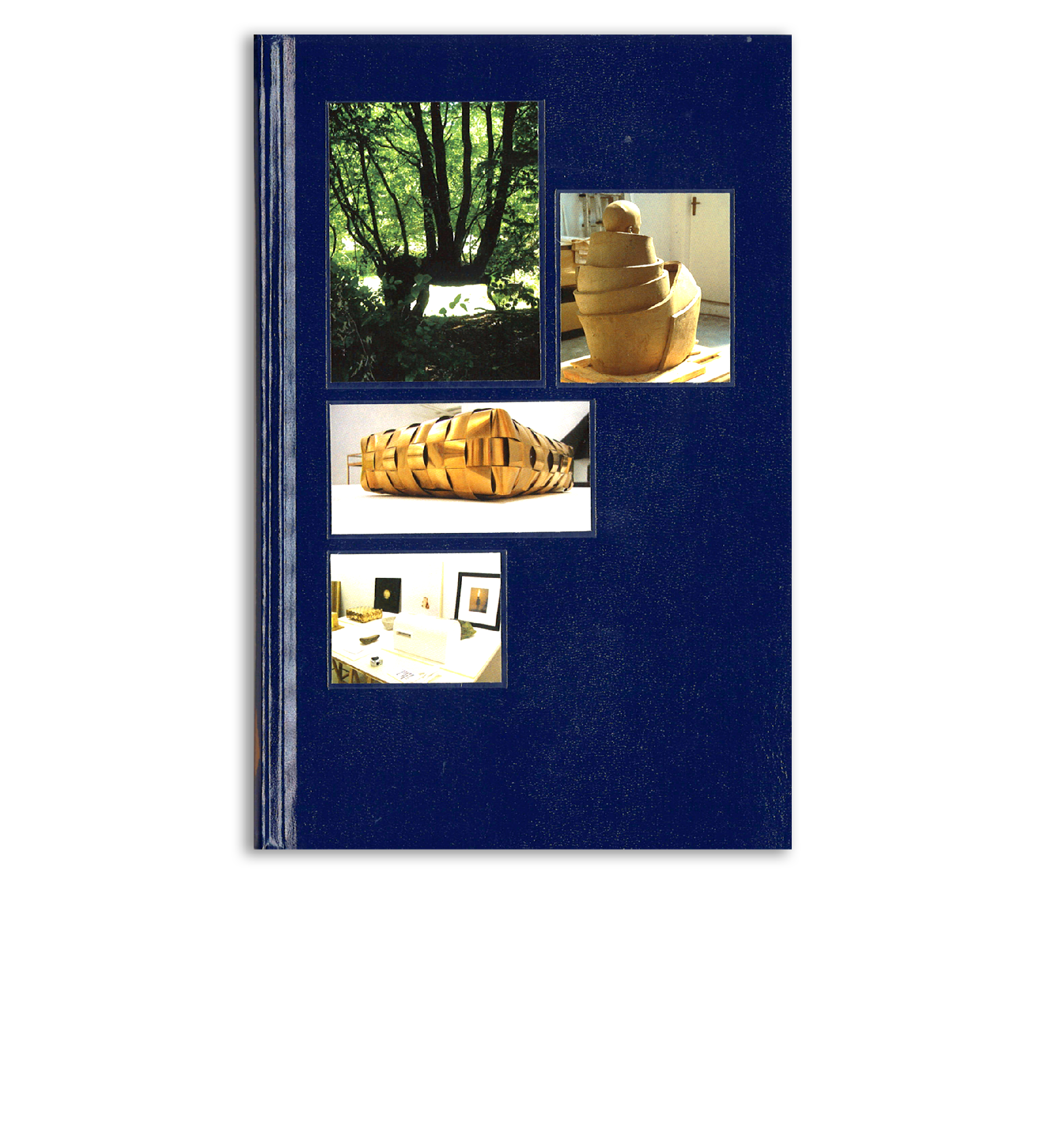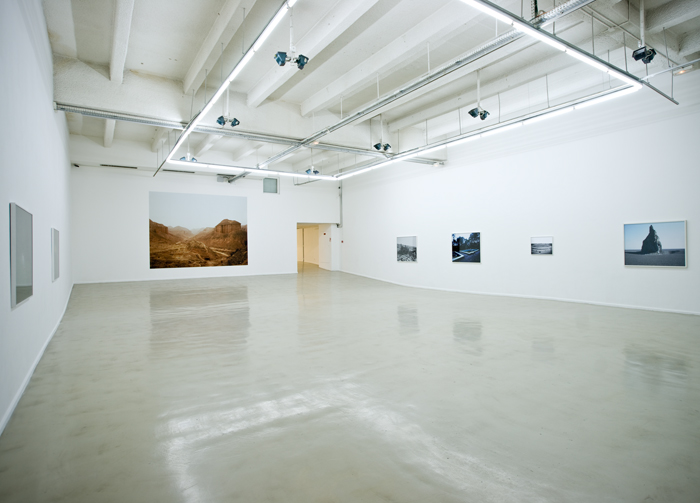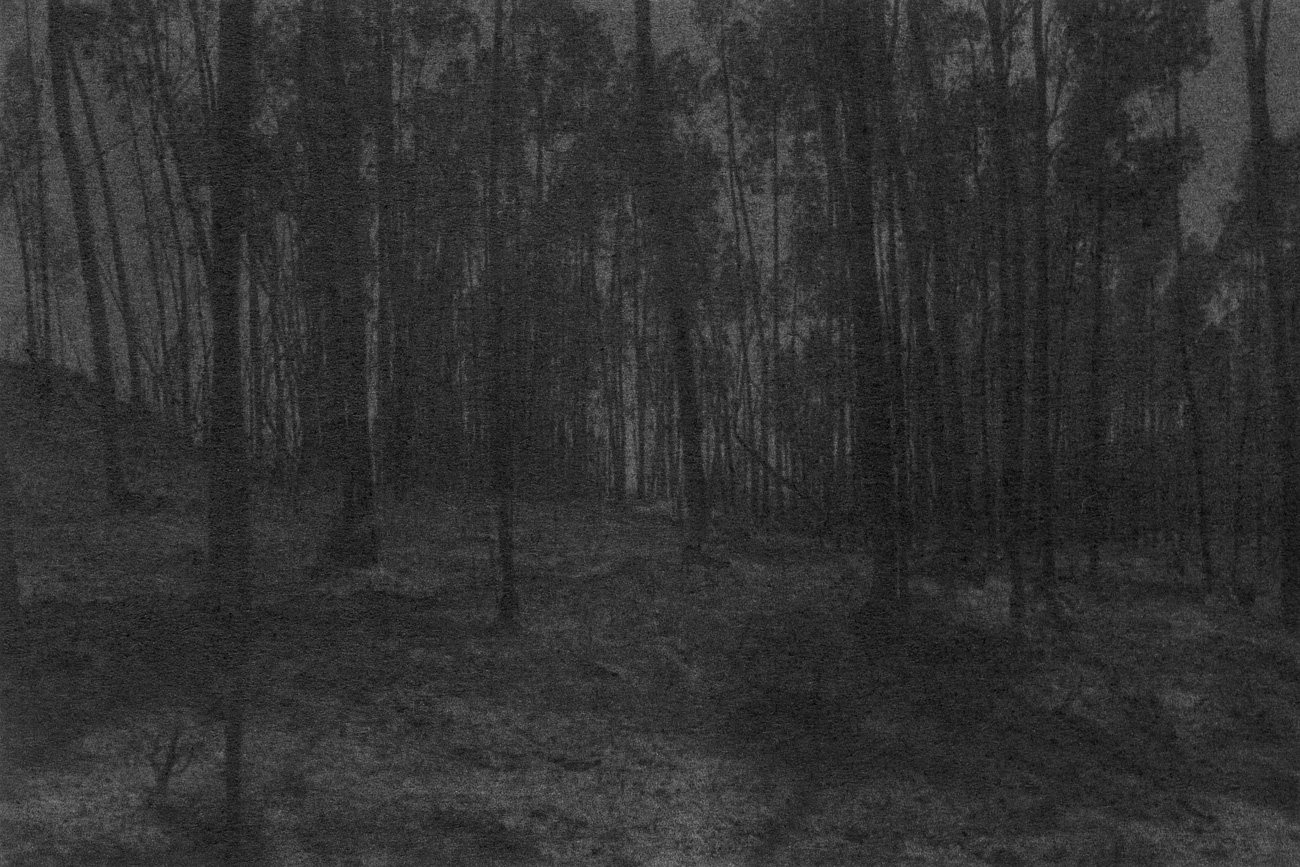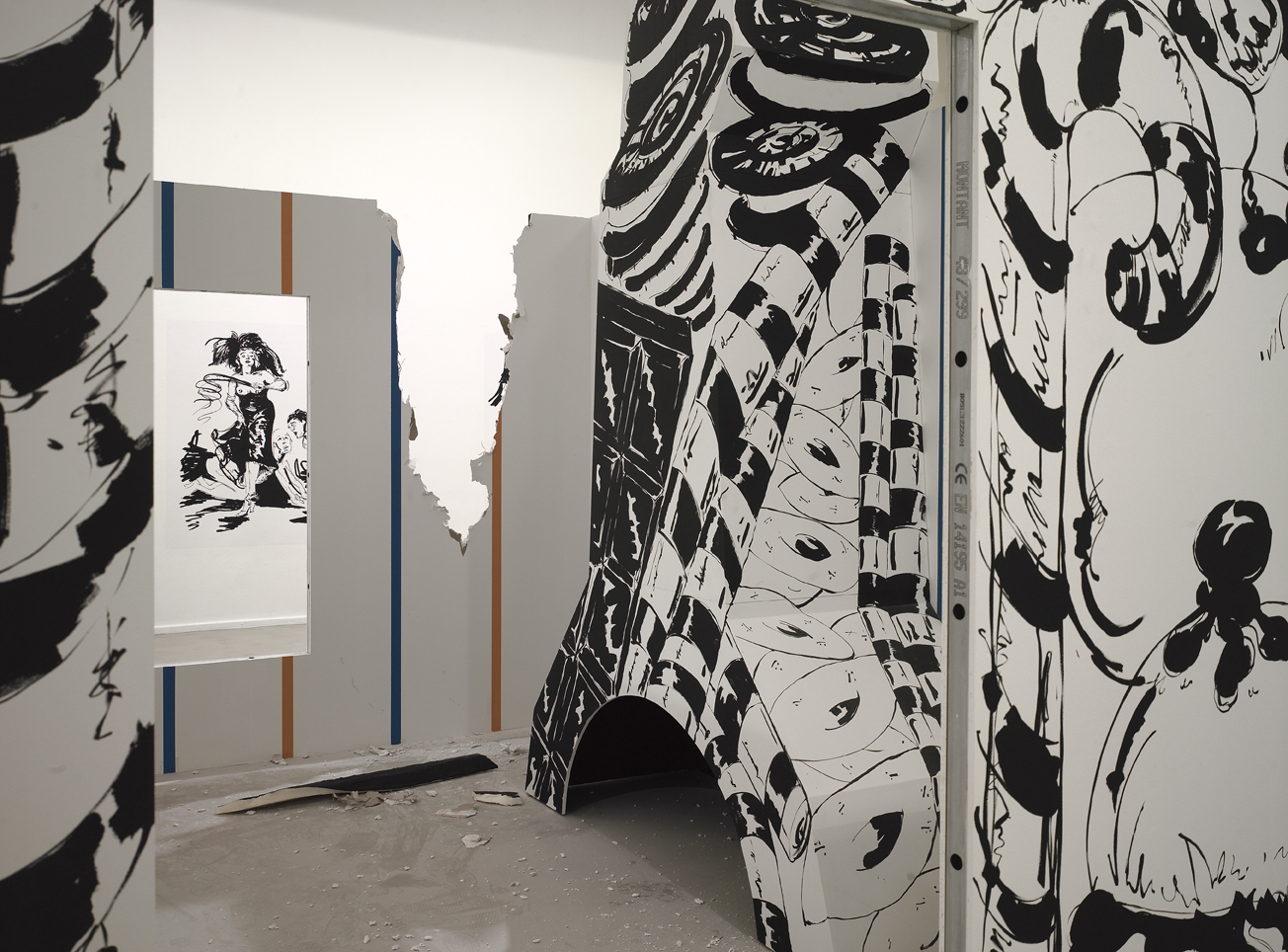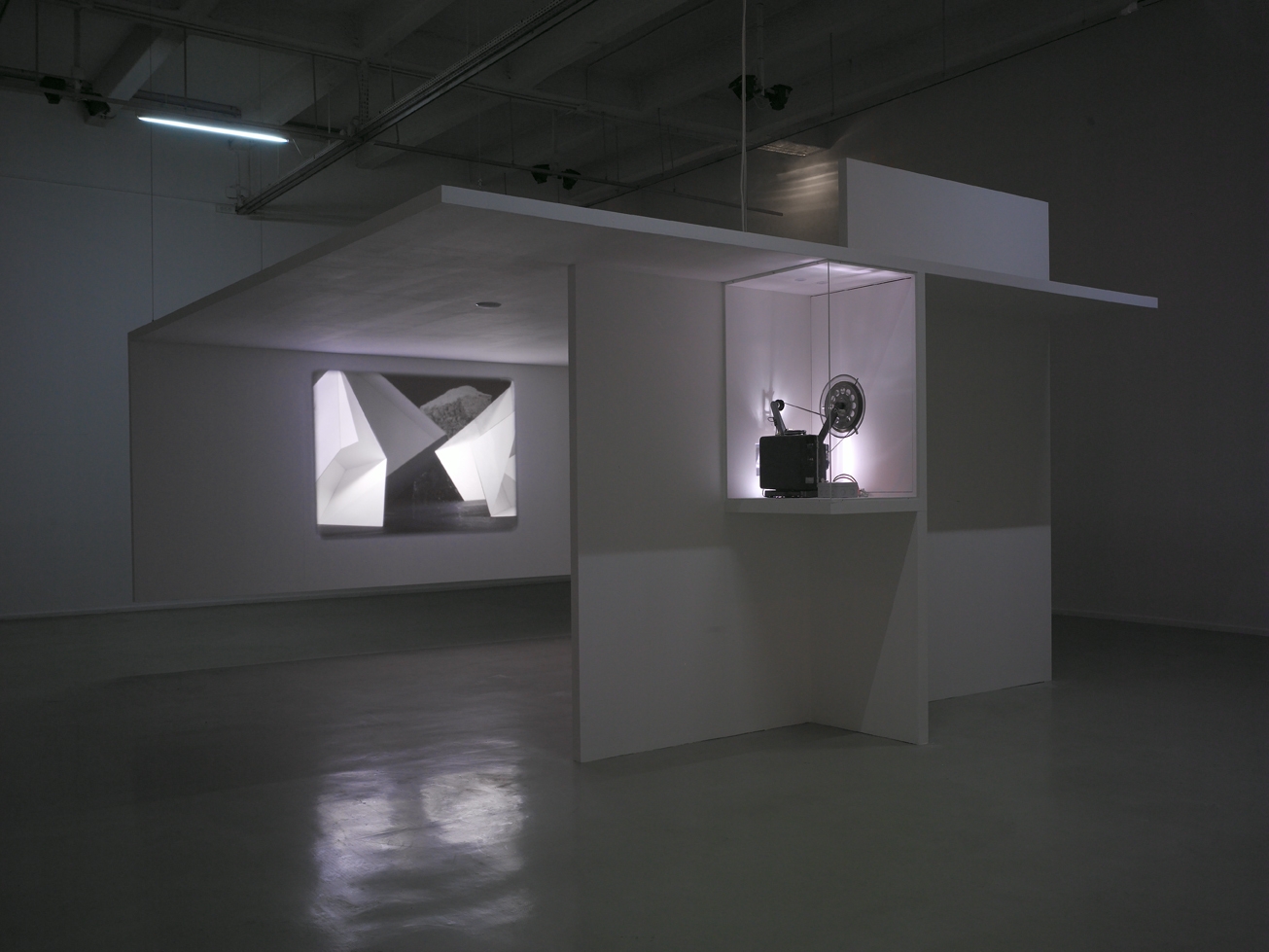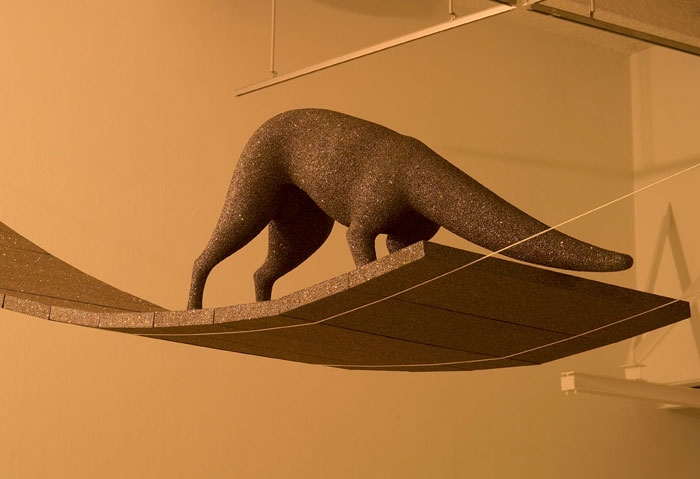Le Travail de rivière
Group show

Exhibition view Le Travail de rivière, Centre d’art contemporain d’Ivry - le Crédac, 2009 ©Photo : André Morin / le Crédac

Exhibition view Le Travail de rivière, Centre d’art contemporain d’Ivry - le Crédac, 2009 Katinka Bock, Couler un tas de pierre, 2007, Black and white video, Super 8 film transfer on DVD, silent, 2 min 45 s, courtesy Galerie Jocelyn Wolff, Paris © Photo :André Morin / le Crédac

Exhibition view Le Travail de rivière, Centre d’art contemporain d’Ivry - le Crédac, 2009 ©Photo : André Morin / le Crédac

Exhibition view Le Travail de rivière, Centre d’art contemporain d’Ivry - le Crédac, 2009 ©Photo : André Morin / le Crédac

Exhibition view Le Travail de rivière, Centre d’art contemporain d’Ivry - le Crédac, 2009 ©Photo : André Morin / le Crédac

Exhibition view Le Travail de rivière, Centre d’art contemporain d’Ivry - le Crédac, 2009 Hubert Duprat, Sans titre, 1994, Coral Costa Brava, breadcrumb, synthetic glue, 25 cm diameter, Collection du FRAC Franche-Comté Kiki Smith, Woman With Bear, 2003, Porcelain, 23 × 14 × 14 cm, Musée Départemental d’Art Contemporain de Rochechouart Woman With Wolf, 2003, Porcelain, 37,5 × 10,8 × 20,3, Musée Départemental d’Art Contemporain de Rochechouart © Photo : André Morin / le Crédac

Exhibition view Le Travail de rivière, Centre d’art contemporain d’Ivry - le Crédac, 2009 Virginie Yassef & Julien Prévieux, L’Arbre, 2008, Super 8 film transfer on dvd, 7 min, Camera : Aurélie Godard © Photo : André Morin / le Crédac

Exhibition view Le Travail de rivière, Centre d’art contemporain d’Ivry - le Crédac, 2009 Didier Rittener, Nous sommes le monde, 2003, Grey pencil on paper, 139,5 × 231,5 cm, Collection Musée Jenisch, Vevey, Suisse Absalon, Cellules n°1 à n°6, 1991, Scale models made of wood, cardboard and white paint, variable dimensions, Collection du FNAC, Paris Alain Huck, Walking Without Dersou, 2008, Lead, plastic, 183 × 30 × 5 cm, Galerie Skopia, Genève © Photo : André Morin / le Crédac

Exhibition view Le Travail de rivière, Centre d’art contemporain d’Ivry - le Crédac, 2009 ©Photo : André Morin / le Crédac

Exhibition view Le Travail de rivière, Centre d’art contemporain d’Ivry - le Crédac, 2009 ©Photo : André Morin / le Crédac

Exhibition view Le Travail de rivière, Centre d’art contemporain d’Ivry - le Crédac, 2009 ©Photo : André Morin / le Crédac











Artists: Absalon, Dove Allouche, Saâdane Afif, Silvia Bächli, Vincent Beaurin, Katinka Bock, Matti Braun, Stéphane Calais, Mircea Cantor, Denis Castellas, Isabelle Cornaro, Daniel Dewar & Grégory Gicquel, Hubert Duprat, Jimmie Durham, Sammy Engramer, Giuseppe Gabellone, Isa Genzken, Geert Goiris, Rodney Graham, Mona Hatoum, Alain Huck, Guillaume Leblon, Didier Marcel, Enzo Mari, Isa Melsheimer, Yan Pei-Ming, Helen Mirra, Liliana Moro, Robert Morris, Gabriel Orozco, Gyan Panchal, Gina Pane, Laurent Pariente, Claudio Parmiggiani, Eric Poitevin, Man Ray, Didier Rittener, Bojan Sarcevic, Mathias Schweizer, Kiki Smith, Jana Sterbak, Nathalie Talec, Tatiana Trouvé, Jean-Luc Vilmouth, Virginie Yassef & Julien Prévieux, Raphaël Zarka
“There exists a labyrinth that consists of a single straight line.”
J.L. Borges
To put this show together, I proceeded by undertaking an archeological dig but an archeological dig in my own memory. Like a gold prospector working in a river, I sifted and refined, an effort that eventually revealed a galaxy of works, all irreducible to a sole reading, all conveying a “legend,” questioning the origin of form, the origin of humanity. The selection of old works (1920, 1967…) and more recent ones spotlights my fascination with forms that are strong, simple, primal, “materiological.” However, this is not about laying out the methods employed, for art remains above all a conjunction of signs.
The show is achronological and features an interest in human constructions, mute objects, relic-like works, a taste for vestiges. The works have a strong connection with time and finiteness, origins and eternity; they bring us back to the mystery and energy of artistic creation. They speak of time, art’s natural milieu, which loops back on itself in the sense that certain forms from the past persist, survive in the present, remain and come down through the centuries towards the future: the myth of “eternal recurrence.” The selected works are made of clay (memory of form), graphite (carbon offers the element that boasts the slightest difference between the animal, vegetable and mineral orders), sharpened flints (something that dates back several hundreds of thousands of years), lead (Saturn, fatal star, the lord of lead and melancholy), dust (powder, particle of matter), glass, sand, crystals, coral, amber, paper, shells, ink. So many fundamental and elementary materials forming “the very substance” of the natural repertory, from the rawest to the most precious of substances.
It is also the chance for viewers to have for themselves an up-to-date, tangible experience of a lost origin, whether real, fantasized or invented. Le Travail de rivière goes back over the classics and updates more naturalist recordings like prints, fossils and geological samples, while collecting such ethnographic traces as masks, headdresses, and migratory cells—a range of formal, artistic, cultural and intellectual molds.
It is a “collection of sand” as Italo Calvino understood the phrase : “To assemble a collection the way one keeps a diary, that is, a need to transform the course of one’s own existence into a series of objects saved from being scattered, or into a series of written lines, crystallized beyond the continuous flow of one’s thoughts.”
It is at heart a show that admits it can be the result of the imagination of that temporary collector that is the curator, and in that respect may fall into the province of a system of subjective correspondences that is equivalent to the system of the collection. It is a show that can be viewed through different layers, the way a dry riverbed is revealed in the very heart of summer.
Claire Le Restif
Le Travail de rivière is also the title of a book by Laure Limongi, published in 2009 (Dissonnances / Graphic Unit of the city of Chaumont), with a work of graphic art by Fanette Mellier.
Video(s)
Film of the exhibition © Claire Le Restif / le Crédac


